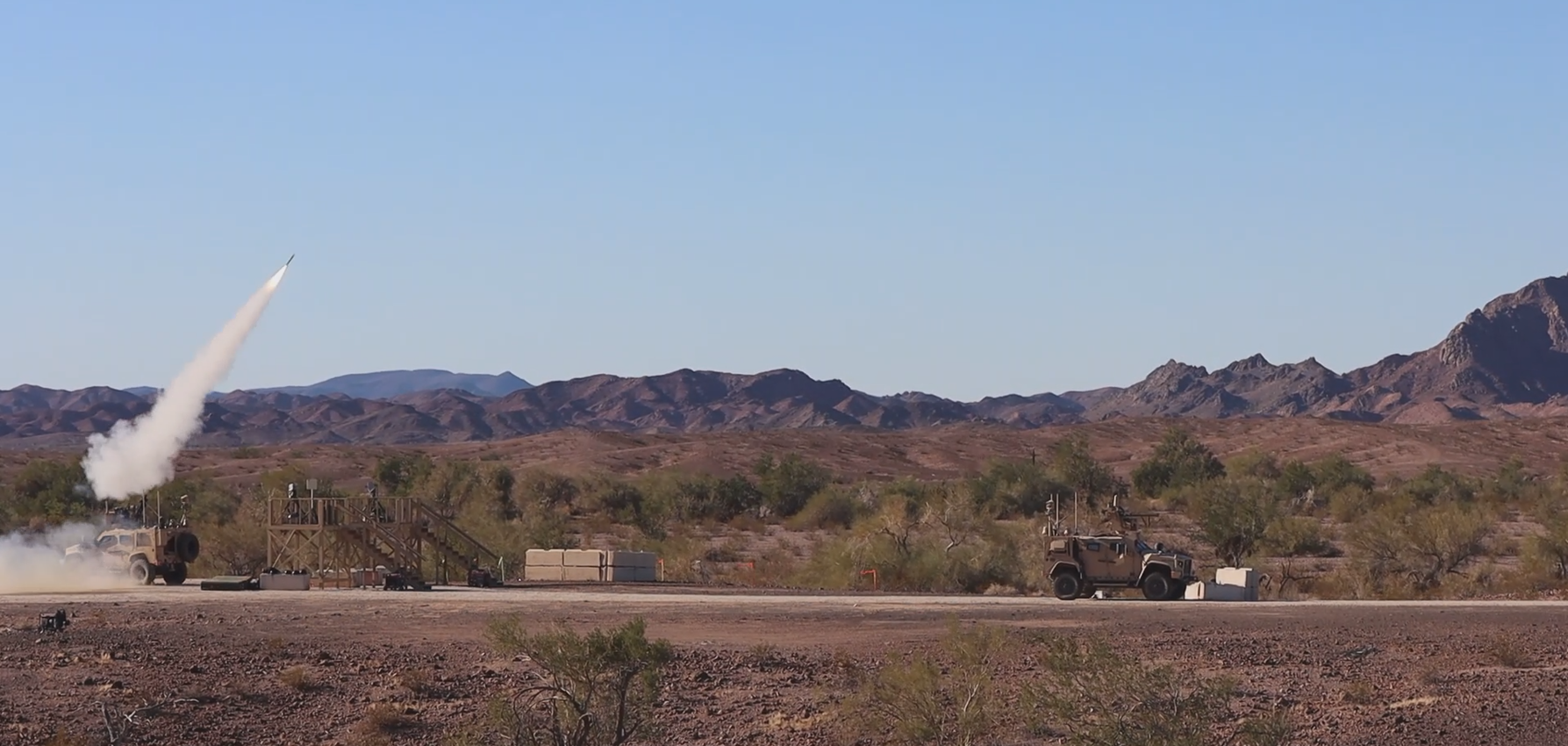The U.S. Marine Corps has taken a big stride in countering unmanned plane programs (UAS) with the profitable live-fire check of the Marine Air Protection Built-in System (MADIS) low-rate preliminary manufacturing mannequin.
Carried out in December on the Yuma Proving Floor in Arizona, the check demonstrated MADIS’s functionality to detect, monitor, determine, and defeat launched drones, marking an important growth within the Marine Corps’ air protection technique.
Colonel Andrew Konicki, this system supervisor for Floor Based mostly Air Protection, emphasised MADIS’s pivotal position in finishing all the kill chain, enhancing mission success, and growing the Marines’ means to neutralize airborne threats. The live-fire check simulated precise battlefield situations, validating MADIS’s effectiveness in real-world situations.
– ADVERTISEMENT – CONTINUE READING BELOW –
MADIS, a short-range, surface-to-air system, is mounted aboard two Joint Mild Tactical Automobiles, forming a complementary pair to discourage and neutralize unmanned plane programs in addition to fixed-wing and rotary-wing plane. Comprising a number of disparate programs, together with radar programs, surface-to-air missiles, and command and management components, MADIS operates by detecting threats and executing focused assaults.

In response to the persistent risk posed by drones, particularly with the proliferation of economic off-the-shelf merchandise, MADIS makes use of real-time communication and coordination to destroy or neutralize low-altitude aerial threats in protection of the Marine Air Floor Job Power.
Colonel Konicki highlighted the important significance of countering UAS threats, emphasizing MADIS as a key resolution. The system efficiently tracked and hit a number of targets throughout the check, using Stinger missiles and a 30mm cannon. Data flowed by the Frequent Aviation Command and Management System to the deployed autos, showcasing the system’s effectiveness in executing engagements whereas monitoring further UAS targets.
The mixing of varied business and authorities off-the-shelf applied sciences into MADIS represents a novel functionality for the Marine Corps. Maj. Craig Warner, the product supervisor for Future Weapons Methods, revealed that further live-fire testing is deliberate for brand spanking new gear coaching, system verification testing, and preliminary operational check and analysis in FY24. The third Littoral Anti-Air Battalion is slated to be the primary within the Marine Corps to obtain MADIS, marking a big development within the Marine Corps’ air protection capabilities.